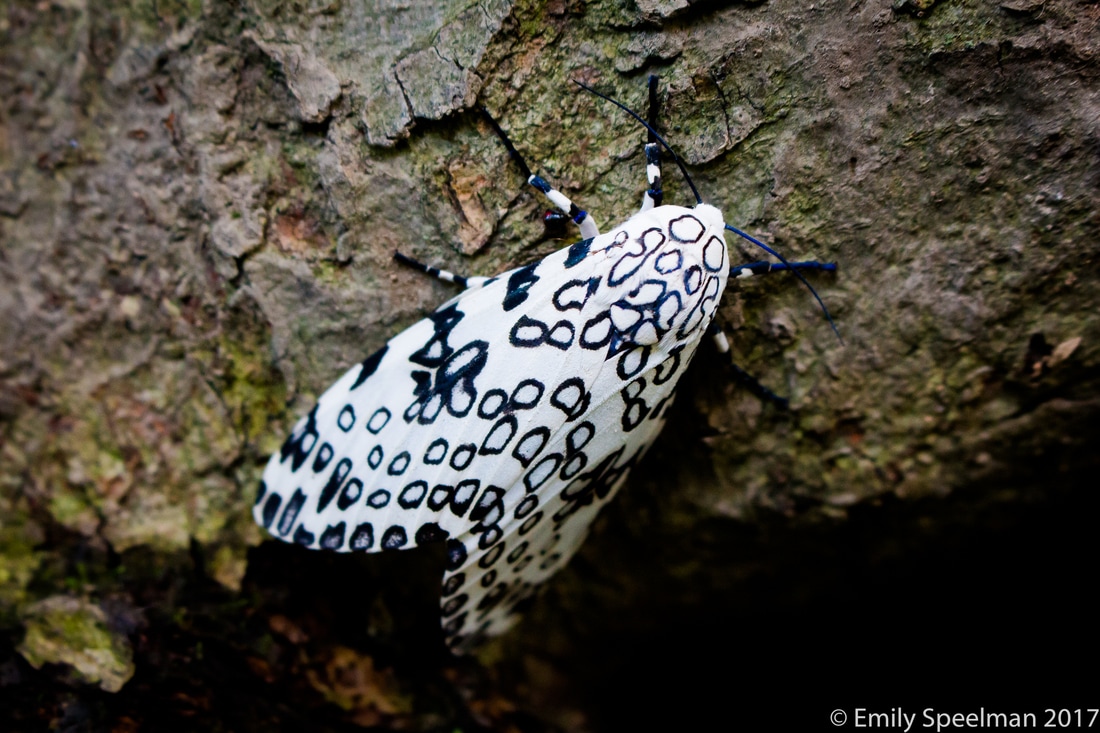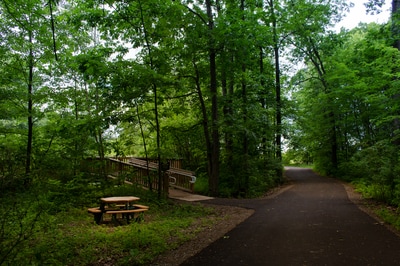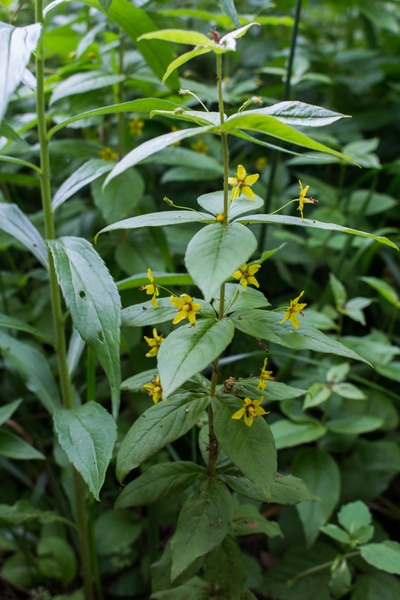|
This beautiful moth has been making its presence known all over Ohio this past month including in my own back yard! The photo doesn't do it justice but this is one of the larger moths I've found - not quite as large as a luna but much larger than most other moths (roughly the length of an index finger).
The Giant Leopard Moth spends the winter as a 'giant woolly-bear' type caterpillar black, fuzzy, with reddish/orange rings, it overwinters from August - May (depending on location); it is now pupating and transforming into the beautiful moth shown above. These common moths can be found in woody edges, meadows, pastures, parks, etc. the caterpillars are not picky eaters and enjoy what we consider 'weeds' and many other broad leaved plants with woody stems. Great summer activity - Go out one summer evening and hang a white sheet from a tree, have a flashlight shine on it for a few hours and see what moths you can attract to your own yard!
0 Comments
Let's start by explaining just what the OCVN program is...
"The mission of the OCVN program is to promote awareness and citizen stewardship of Ohio's natural resources through science-based education and community service." Two of the most fun weeks filled to the brim with both in class learning mixed with in field observation and application. Our fantastic instructor Carrie would lead each class and have guest speakers in to speak about very specific topics. All through the program you also get to meet and know all the other amazing students, with vastly different backgrounds who are all together for the love of the outdoors! I don't know if I can pick a favorite moment, there were too many (although wading through the Killbuck Marsh was a whole new fun experience!). The OCVN program is a research-based education program of The Ohio State University offered in partnership with several host locations, such as, park districts and various environmental organizations. The closest program to us was at the Wilderness Center in Wilmot - and I highly recommend this one as Carrie, the instructor, is a great teacher and an awesome human being! You can learn more about the OCVN program through the Wilderness Center HERE Or you can find the program being held in other places in Ohio HERE We had wanted to take this program last year but it just didn't jive with our schedules, so this year I made sure we were signed up just as soon as the course was being offered! I took this course for many different reasons, obviously to expand my knowledge of the natural world, but also to learn how to better engage with others via nature walks & talks - if you've read this blog you know I'm huge on encouraging volunteering and getting people involved, now taking it a step further - volunteering with the proper resources to create an informative but fun nature program. I've learned this and so much more during these past two weeks. It was invigorating to learn and grow in so many new ways. What is phenology? I'll be honest, I hadn't heard that word (or I've forgotten in the many years since high school) until I had completed my project of watching the Trillium Trail for one year (just finished this Feb.) and was complimented on an 'Interesting phenology study'.
I was intrigued. If you aren't aware, I've been taking a course at the Wilderness Center in Wilmot, OH to become an Ohio Certified Volunteer Naturalist (OCVN)- more on that in an upcoming post- but one of our projects is to present something to the class. I came up with a whole list of project ideas - spring wildflowers, swamp vs marsh vs bog vs fen, and so on - but I wanted to challenge myself to learn something new as well... In the span of no more then 10 minutes I will explain what phenology is (and how you've probably already used phenology - to an extent), how it's used, why it's important, and -if interested- how you can get involved. I'm also doing it as a blog post so everyone out there can learn too! (win win win!) A cool, overcast day - perfect for taking photos of flowers and re-visiting a few of my favorite places!
There's a lot going on out there, summer blooms - whorled loosestrife, moth mullein, swamp candles, and even the rose pogonia orchids at the bog! The summer months also bring out the sedges (have edges) and rushes (are round). At the bog, some interesting changes have taken place after this winter's management of chopping down the trees (many were the high bush blueberries) that had been slowly but very surely taking over the sphagnum mounds, the bog plants have been able to breathe and get their much needed sunlight with the trees gone, and the round-leaf sundews have been taking full advantage of that! I found sundews in areas I've never seen before! At any rate, click 'read more' to see photos from today's adventures and to learn more. May transformed the woods before our very eyes, now in June we get comfortable in the beauty.
Take some time this month to give thanks for the bit of peace, warmth, calm, and beauty that linger on June's airy breath. |
AboutSince 2015 we have been exploring and sharing all the amazing things we’ve found in nature. AuthorEmily is an Ohio Certified Volunteer Naturalist who is most often found out in the woods. Archives
March 2024
Categories
All
|








 RSS Feed
RSS Feed